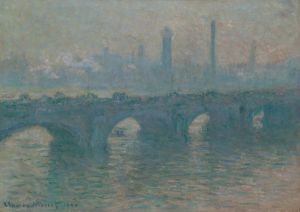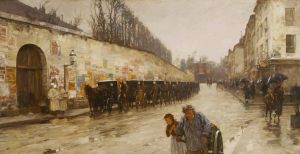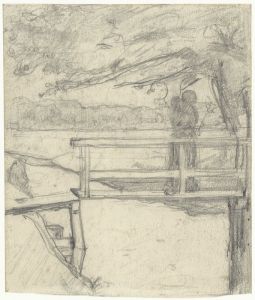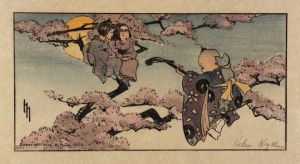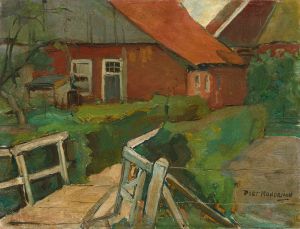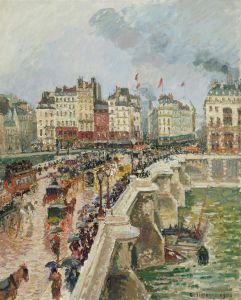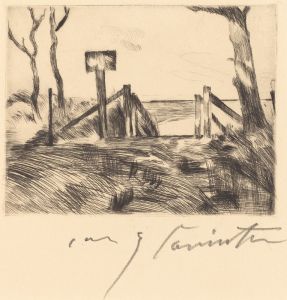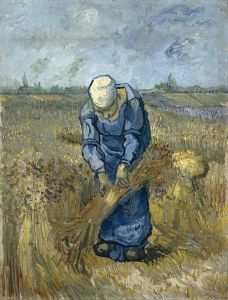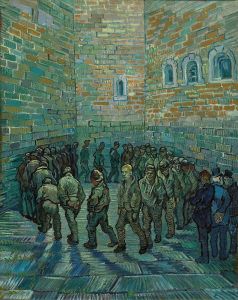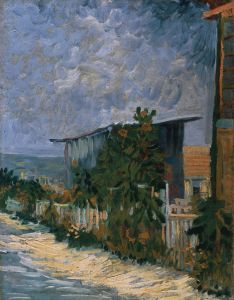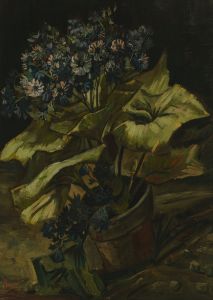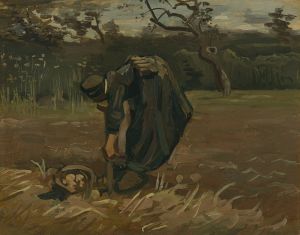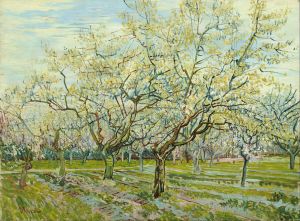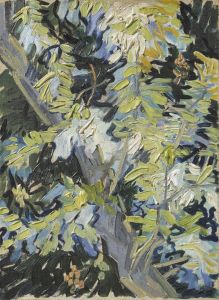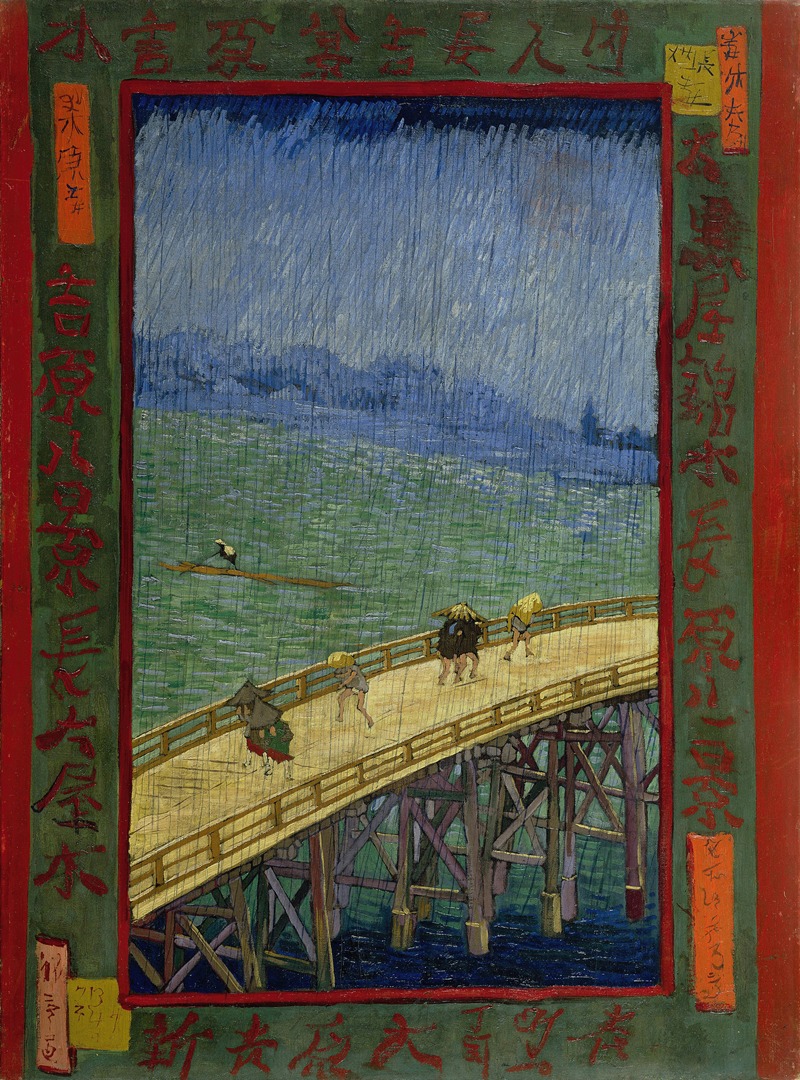
Bridge in the rain
A hand-painted replica of Vincent van Gogh’s masterpiece Bridge in the rain, meticulously crafted by professional artists to capture the true essence of the original. Each piece is created with museum-quality canvas and rare mineral pigments, carefully painted by experienced artists with delicate brushstrokes and rich, layered colors to perfectly recreate the texture of the original artwork. Unlike machine-printed reproductions, this hand-painted version brings the painting to life, infused with the artist’s emotions and skill in every stroke. Whether for personal collection or home decoration, it instantly elevates the artistic atmosphere of any space.
"Bridge in the Rain" is a painting by the renowned Dutch artist Vincent van Gogh, created in 1887. This work is part of a series of paintings that van Gogh produced during his time in Paris, where he lived from 1886 to 1888. During this period, van Gogh was heavily influenced by Japanese art, particularly ukiyo-e woodblock prints, which were gaining popularity in Europe at the time.
The painting "Bridge in the Rain" is a direct homage to a woodblock print by the Japanese artist Utagawa Hiroshige. Van Gogh was fascinated by Hiroshige's work and created several copies of his prints, adapting them into his own style. "Bridge in the Rain" is based on Hiroshige's print "Sudden Shower over Shin-Ōhashi bridge and Atake" from the series "One Hundred Famous Views of Edo." Van Gogh's version retains the composition and subject matter of the original print but is executed in his distinctive style, characterized by bold colors and expressive brushwork.
In "Bridge in the Rain," van Gogh captures a scene of a bridge during a rainstorm, with figures crossing it under umbrellas. The painting features a dynamic composition with diagonal lines created by the bridge and the falling rain, which adds a sense of movement and energy to the scene. Van Gogh's use of color is vivid and intense, with a palette that includes deep blues, greens, and reds, contrasting with the more subdued tones of Hiroshige's original print.
Van Gogh's interest in Japanese art was part of a broader trend among European artists of the time, known as Japonisme. This movement was characterized by the incorporation of Japanese aesthetics into Western art, and it had a significant impact on van Gogh's work. He admired the simplicity, clarity, and boldness of Japanese prints, and these elements can be seen in his adaptation of Hiroshige's work.
"Bridge in the Rain" is one of several paintings by van Gogh that reflect his engagement with Japanese art. During his time in Paris, he collected numerous Japanese prints and even decorated the walls of his studio with them. This influence is evident not only in his direct copies of prints but also in the stylistic elements that permeate his broader body of work from this period.
Today, "Bridge in the Rain" is housed in the Van Gogh Museum in Amsterdam, which holds the largest collection of van Gogh's works. The painting is an important example of van Gogh's exploration of different artistic influences and his ability to synthesize them into his unique style. It also serves as a testament to the cross-cultural exchanges that were occurring in the art world during the late 19th century, highlighting the global impact of Japanese art on Western artists.
In summary, "Bridge in the Rain" is a significant work within Vincent van Gogh's oeuvre, illustrating his fascination with Japanese art and his ability to reinterpret it through his expressive and vibrant style. The painting remains a celebrated piece, reflecting both van Gogh's artistic evolution and the broader cultural interactions of his time.





